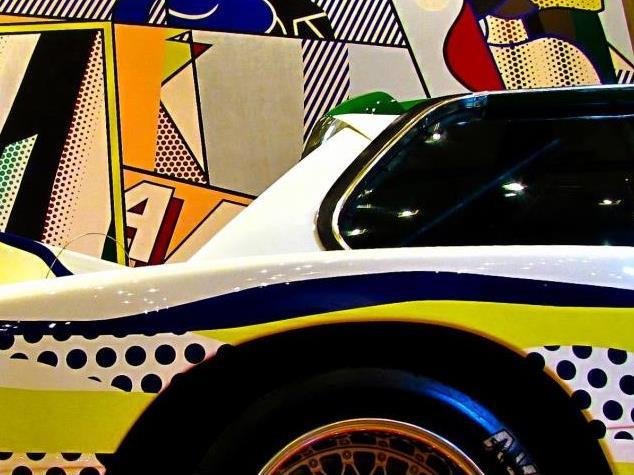South by South West (‘SXSW’) is onto something. Every year, during the month of March, around 155,000 people flock to University town, Austin, Texas to mingle, show-off and party. What was once a small music festival has now turned into the next big thing, attracting high profile personalities from Lady Gaga to Mark Zuckerberg, bringing in around $218.2 million dollars per year.
The plethora of talks, forums, trade-shows, funding opportunities, parties and exhibitions at SXSW have allowed art and technology to finally meet. While art and technology has always had characteristics in common – both are creative and innovative, both identify human dilemmas that have never been addressed before, and both reach into the imaginative corners of the mind to solve them – now it is official.
SXSW has blurred the lines between film, music and ‘interactive’ and allowed them to venture off into the future together. Perhaps technology has had an easier run up until now in gaining the attention of government and corporations. Its place within the economy has always been recognised. Technology drives economic growth. It expands an economy’s production potential when resources are finite and scarce.
But SXSW had the wisdom to say that art drives economic growth too. He’res why the arts drives economic growth.
The arts inspire
The arts have an ability to identify new products or services by capturing subjects that may never have been addressed before. Creating innovative exhibitions, works, products, and services, the arts inspire commerce and government to think creatively and devise new solutions to existing problems.
The arts facilitate B2B interaction
The arts get people into a theater, a room, a tent, a festival hall or any other possible meeting place. When businesses interact, collaborate and explore solutions, they enhance their ability to create social impact with their organisation. When technological and entrepreneurial minds interact, ideas are enhanced and barriers to production are resolved.
The arts attract
The arts attract funding and visitors from abroad. According to an article on The Conversation, Melbourne and Austin have the largest and most supported live musical scenes in the world. Both have brought substantial funds into their economies in 2013 – Austin bringing in $1.6 billion and Melbourne $1 billion. Melbourne is a cultural centre of the world, and therefore a hub of potential creative commercial activity. Art and technology are fuelling each other.
Technology is creating an online platform for artists to meet and art is creating a platform for technological minds to synergise. Corporations are excited by the melting pot. In 2014, SXSW attracted sponsors such as Deloitte and American Express.
This article was previously published on the Ellis Jones ‘People Talk’ blog. Read more articles here.
Ellis Jones is an integrated communications, creative and management consulting agency. Its principal consultant, Rhod Ellis-Jones is a board member of contemporary dance company, Chunky Move, and a trustee of Vienna-based contemporary visual arts foundation, Blood Mountain.






